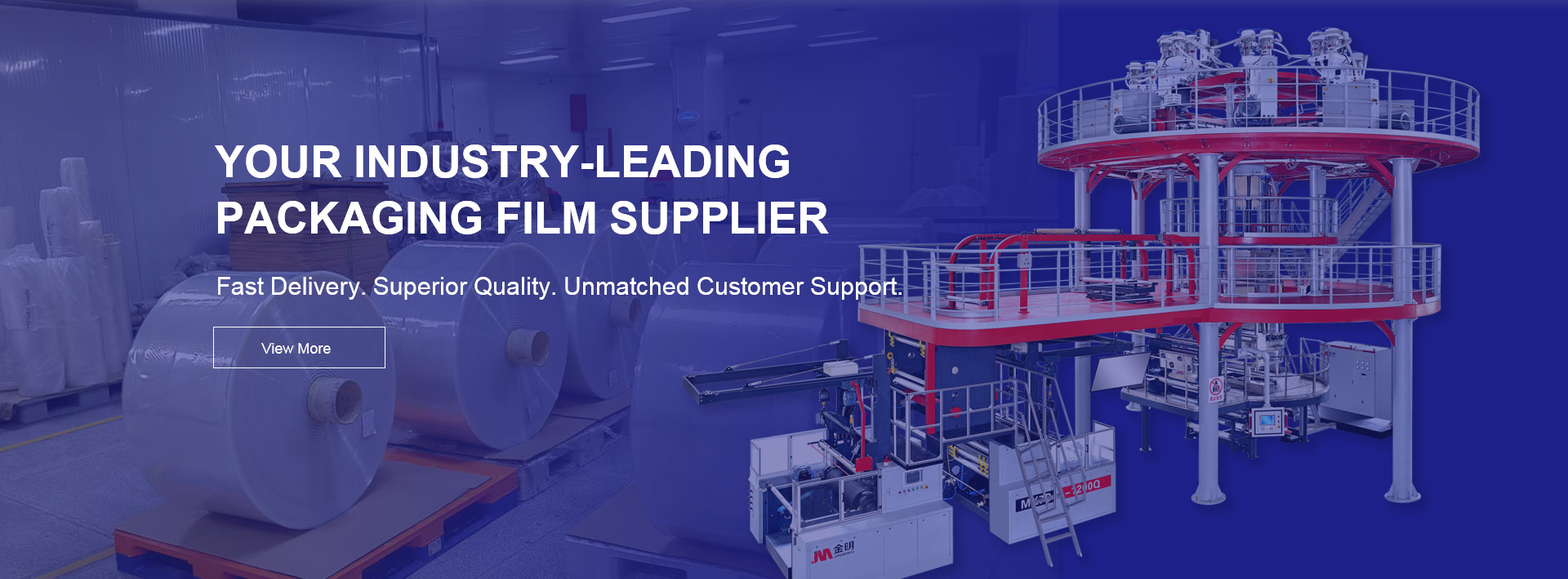
As consumers increasingly demand a wider variety of high quality, fresh fish and meat products, the packaging industry is looking to barrier films as one of the means of extending the shelf life of such products. These films are advances since they block the entry of oxygen and moisture that can lead to spoilage while preserving the desired attributes of freshness, taste and nutrition value.
Barrier films are constructed to comprise of several layers of different materials, which are strategically meant to provide a barrier against the outside environment that may cause spoilage. In this context, oxygen is perhaps the most damaging as it plays a significant role in the spoilage of seafood and meat, contributing to discoloration, taint, and bacterial proliferation. These films create an oxygen free environment through complete encasement, ensuring that less oxygen is present and that the rate of the rate of spoilage is also reduced.
Moisture control is also important to maintain the texture and appearance of such products once they are packaged. Barrier films also aid in controlling moisture loss or infiltration, allowing seafood and meat to remain moist and attractive for a longer period—something that is crucial for retailers aiming to reduce wastage and for customers looking for delicious products. An additional advantage is that a number of barrier films are provided with an antimicrobial layer, which functions to protect the meat and seafood from spoilage bacteria.
In addition, barrier films are remarkably flexible and can be optimized for packaging of meat and seafood foods in the form of vacuum bags, Forming Films, and printed films composites. These barriers are effective for frozen storage as well as vacuum sealed packaging, which are some of the most common methods in the food industry for improving the shelf life of products.
Barrier films have always been considered the most advanced solution in terms of food packing. Strength and safety come along with the freshness of the packaged food. These packaging alternatives minimize wastage, increase shelf life and allow meat and seafood providers to target distant markets without compromising on quality. With technology and innovations advancing in the area of food preservation, it stands to reason that barrier films will be central to the reduction of food quality and safety concerns.